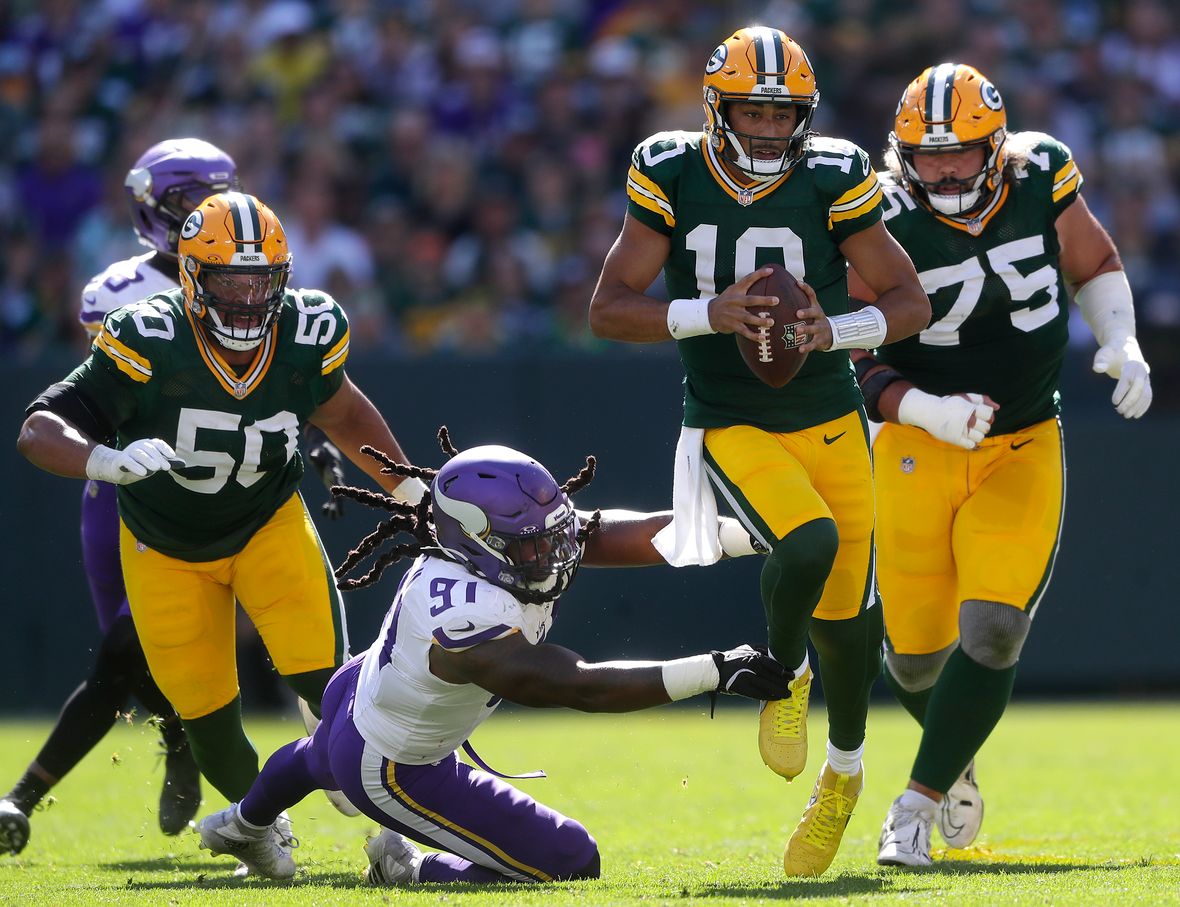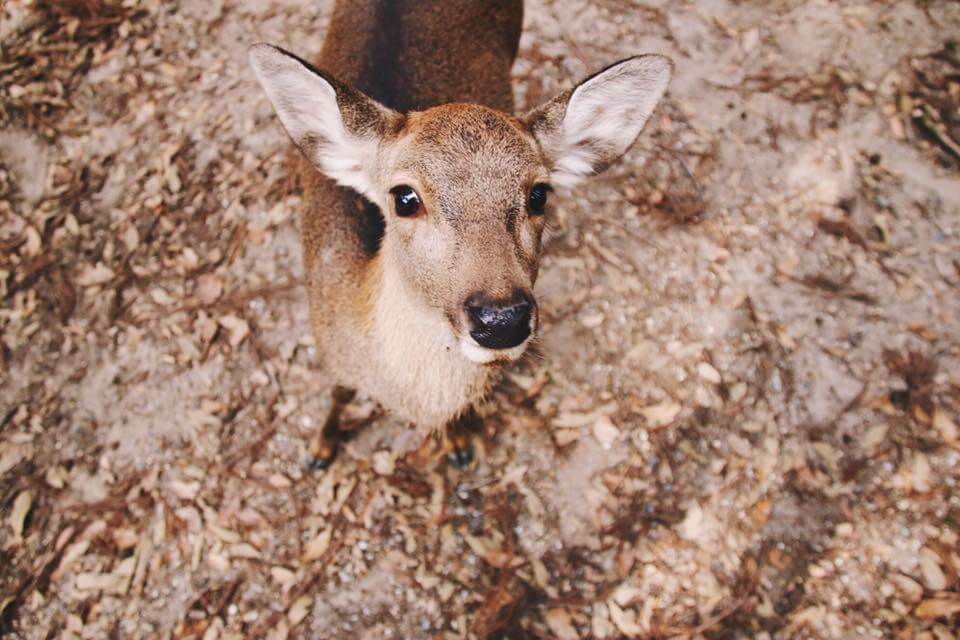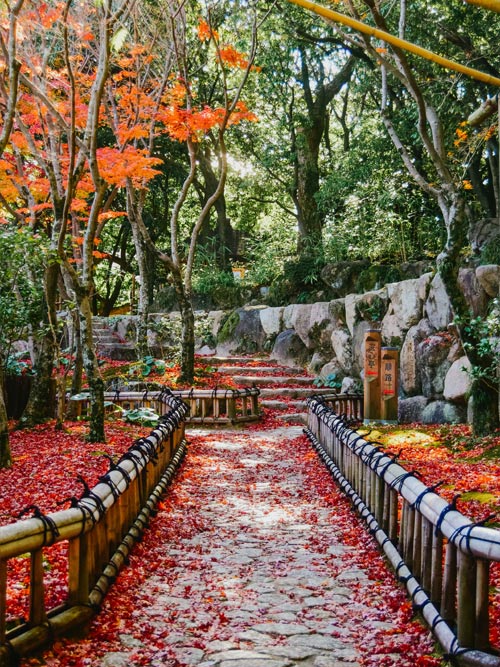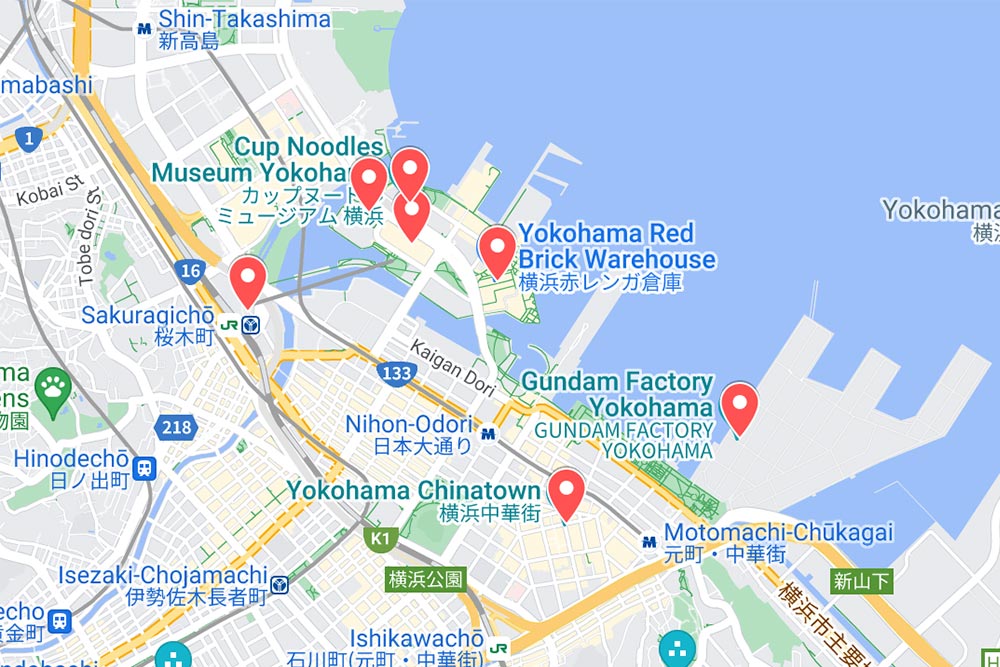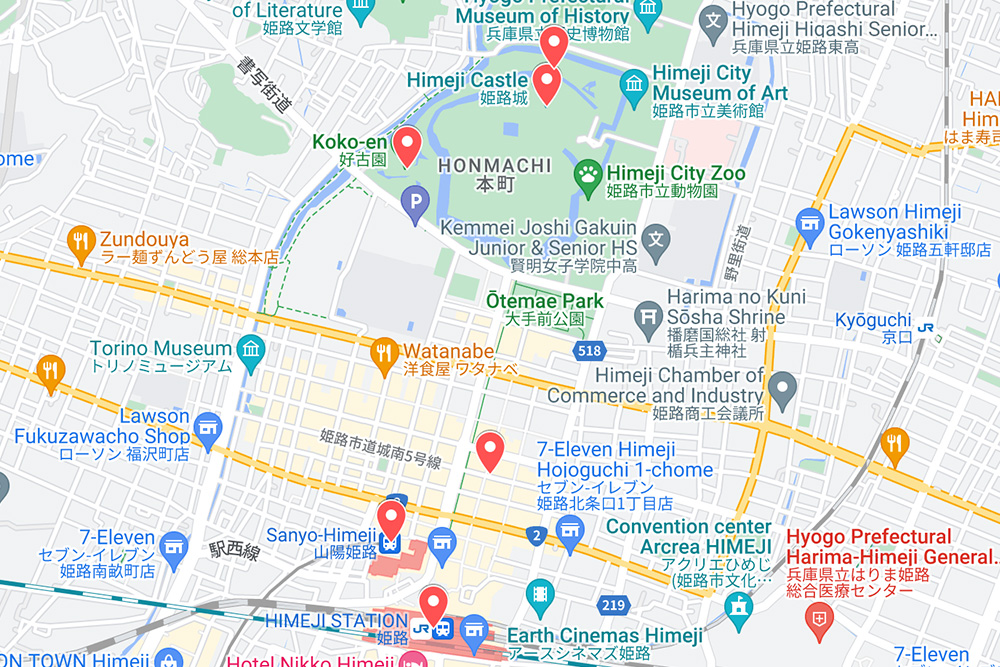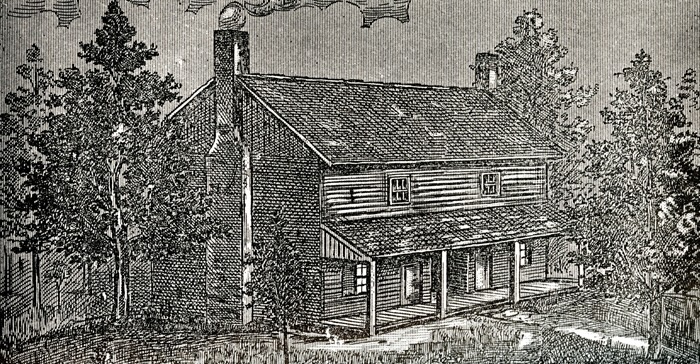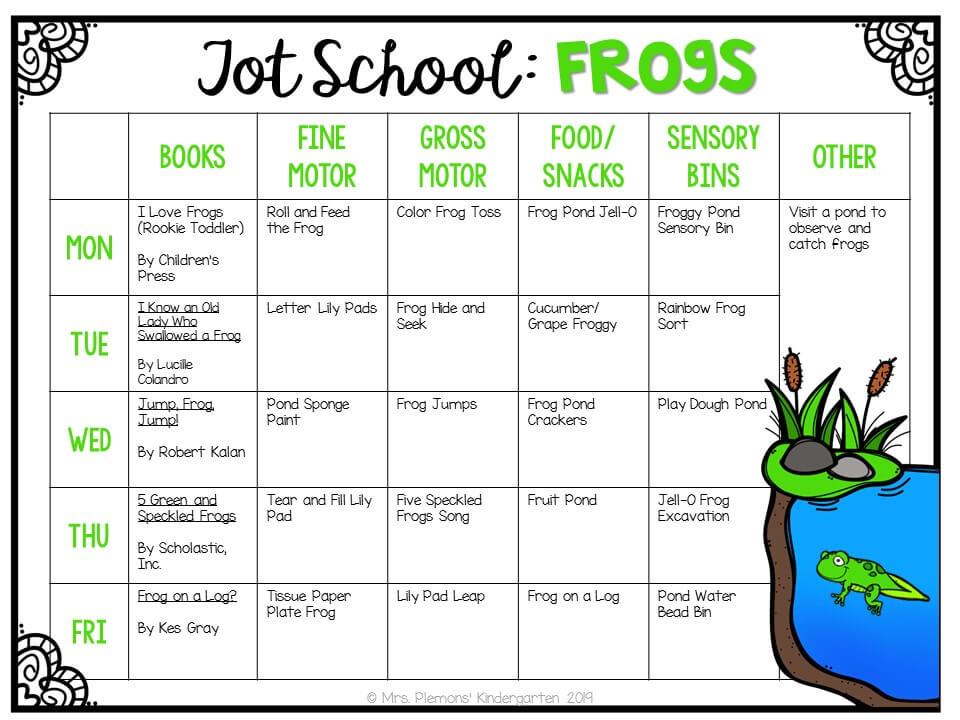The Nikko Pass could save you money and time on your trip to Nikko. But is it worth it? And how does it work? We�ve ... Read more
The Nikko Pass could save you money and time on your trip to Nikko. But is it worth it? And how does it work? We�ve got all the info for you!
If you�re planning to visit Nikko during your trip to Japan, you may want to look into getting one of the discount passes provided by Tobu Railway. Both include a return ticket from Asakusa Station to Nikko, unlimited travel on busses and trains within certain areas and some extra discounts.
These passes could save you a lot of time and money, but only if they�re right for you and your trip. Figuring out which pass you need can get a little confusing, especially since there are two Nikko Passes available.
Luckily, we�ve got all the info you need below to help you decide which pass is better value for your planned trip to Nikko.
What is the Nikko Pass?
The Nikko Pass is a discount pass created by the Tobu Railway for exploring Nikko. It includes a round trip by train from Tokyo, unlimited train and bus journeys in certain areas and some discounts.
There are two Nikko Passes � the World Heritage Area Pass and the All Area Pass.
The Nikko World Heritage Area Pass is valid for up to two consecutive days and allows you to travel freely within the world heritage area. It�s perfect if you�re visiting for one or two days and are interested in only seeing the main highlights in Nikko (Nikko Toshogu Shrine, Futarasan Shrine, and Nikkozan Rinnoji Temple) and the Kinugawa Onsen.
The Nikko All Area Pass is valid for up to four consecutive days and gives you the opportunity to explore Nikko even further. It lets you travel freely within the world heritage area, Okunikko area, Lake Chuzenji and Kinugawa Onsen. This is a better choice if you�re visiting for a few days and/or want to visit more of Nikko�s nature (including Kegon Falls and Lake Chuzenji).
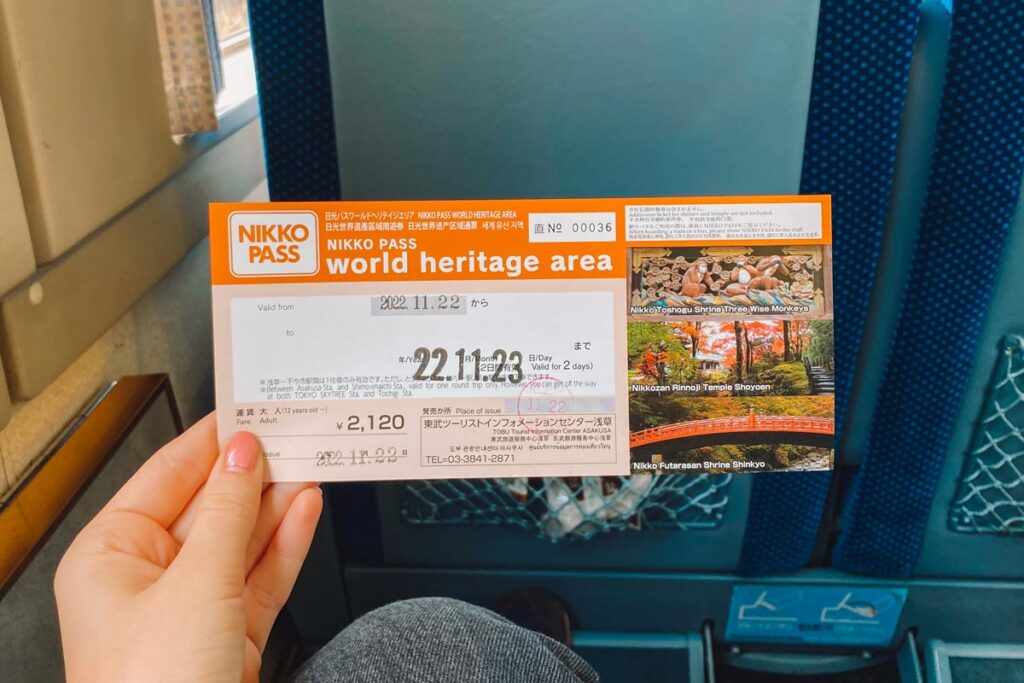
Nikko Pass World Heritage Area vs. Nikko Pass All Area
Here are the main differences between the two Nikko Passes:
| 1�2 consecutive days | 1�4 consecutive days |
| Round trip between Asakusa and Shimo-Imaichi | Round trip between Asakusa and Shimo-Imaichi |
| Unlimited travel on: Tobu bus lines in world heritage area Tobu railway lines between Shimo-Imaichi, Tobu-Nikko and Shin-Fujiwara Stations. (See maps below) | Unlimited travel on: Tobu bus lines in the world heritage area Nikko Edomura shuttle bus Nikko-Kinugawa Onsen Bus Hybrid Bus (Odashirogahara area) Lake Chuzenji sightseeing cruise Tobu railway lines between Shimo-Imaichi, Tobu-Nikko and Shin-Fujiwara Stations. (See maps below) |
| Buy your Nikko Pass here | Buy your Nikko Pass here |
Nikko Pass World Heritage Area
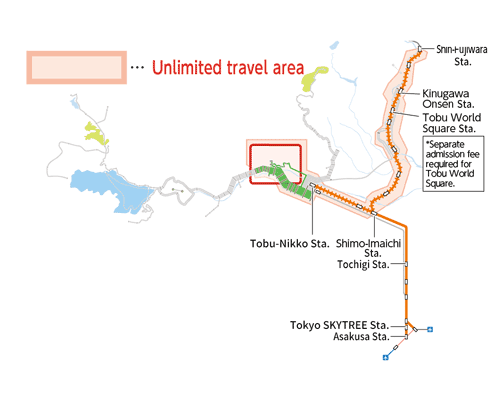 Source: Tobu Railway
Source: Tobu RailwayNikko Pass All Area
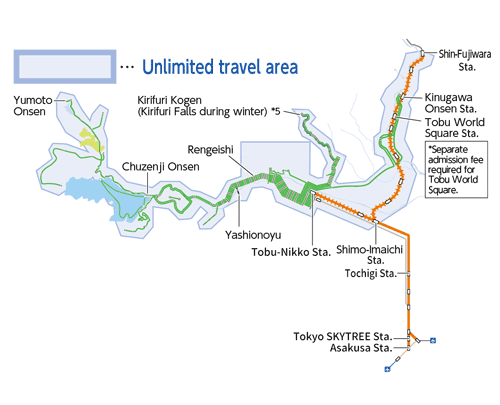 Source: Tobu Railway
Source: Tobu RailwayNikko Pass Prices 2023
Here are the prices for the different Nikko Passes in 2023:
| Nikko Pass World Heritage Area (all year round) | Nikko Pass All Area (April 20 � November 30)* | Nikko Pass All Area (December 1 � April 19)* | |
| Adults | 2,210 yen | 4,780 yen | 4,160 yen |
| Kids | 630 yen | 1,330 yen | 1,080 yen |
*Prices differ for the Nikko Pass All Area depending on what month you buy them. Nikko Pass World Heritage Area are the same price year-round.
Where to Buy the Nikko Pass?
We bought our Nikko Passes online through Klook. However, it�s also possible to buy them at the tourist information centre or ticket office at Tobu Asakusa Station.
When buying them through Klook, you can validate your passes at Tobua Asakusa before your trip. Here, you can also pay for the limited express ticket to upgrade to the faster train service.
Is the Nikko Pass Worth it?
Yes, both Nikko Passes offer great value when visiting Nikko. Even with the additional fee for the limited express train, the World Heritage Area Pass is cheaper than buying a return ticket from Tokyo to Nikko.
The cheapest Nikko Pass (World Heritage Area) never costs more than �5,060 (�2,120 for the pass and up �2,940 for the optional limited express fee, which price varies depending on the time and day).
If you were to buy a return ticket on the Tobu-Nikko line, you�ll pay around �5,500. Using the JR Lines will set you back around �11,000 for a return (unless you�re using the JR Pass). And this is before using any public transport in Nikko, making the pass a great option for travellers.
However, it is important to keep in mind that the Nikko World Heritage Area Pass doesn�t include all the areas in Nikko. That�s why it�s important to figure out what you want to see in Nikko before deciding which pass to buy. The Nikko Pass All Area is more expensive, but if you�re planning to use public transport a lot in Nikko, this will pay off.
Also, remember that individual tickets for shrines and temples in Nikko aren�t included in the pass and will have to be bought separately.
Either way, the Nikko Pass does make travelling around Nikko very easy, which is another plus. Instead of having to figure out how to buy individual bus tickets, you simply flash your Nikko Pass and you�re good to go. Especially if you�re only visiting for a short time, this convenience will help a lot!

Is the Nikko Pass Worth it for a Day Trip?
Yes, the Nikko Pass World Heritage Area is worth it for a day trip from Tokyo. A return ticket from Tokyo to Nikko costs more than the pass, so you�ll be sure to save some money here.
If you only have one day to explore Nikko, it�s recommended to pay for the additional fee to use the limited express train (which only takes 2 hours ��compared to 3+ on the local train). But even then, you�ll be saving money.
A Nikko Pass World Heritage Area for an adult costs �2,120. Add the limited express fee of up to �2,940 for a return ticket (prices vary depending on the time and day), and you�ll never pay more than �5,060. A regular return ticket on the Tobu Nikko line from Asakusa will set you back �5,500.
And since it also includes some public transport in the world heritage area, you�ll save even more there. But remember that separate admission fees for temples and shrines in Nikko are not included in the pass, so you�ll have to pay for these separately if you wish to visit them.

If you have a JR Pass, it�s not worth getting the Nikko Pass for a day trip.
Can I use JR Pass from Tokyo to Nikko?
Yes, you can use the JR Pass when travelling between Tokyo and Nikko. From Tokyo Station or Ueno Station, you can take the JR Tohoku Shinkansen to Utsunomiya. From there, you can get on the JR Nikko Line to Nikko Station. Without the JR Pass, this costs �5,480 for a single ticket ��quite pricey!
Tobu and JR also share the JR Tobu line (departing from Tobu Asakusa Station), but since it�s a shared line, the JR Pass isn�t valid on the Tobu Line part of the journey. You can still opt for this, but you�ll have to pay an additional fee. It�s better to stick with the route above to avoid any unnecessary fees.
Since one of the main advantages of getting the Nikko Pass is getting the return journey from Tokyo covered, it�s not worth getting the Nikko Pass if you have the JR Pass.
Nikko Pass Review: Is the Nikko Pass Worth it?
Yes, both Nikko Passes provide great value for a trip to Nikko. The passes are cheaper than getting a return ticket from Tokyo to Nikko, so you�ll be sure to save some money.
It is important to remember, however, that you will have to pay an additional fee for the limited express train on both passes (if you don�t want to take the 3-hour local train � but either way, it�s still cheaper than a return ticket from Tokyo to Nikko).
On top of that, the cheaper Nikko Pass (World Heritage Area) doesn�t cover ALL of Nikko � if you want to see highlights in Nikko such as the Kegon Falls or Lake Chuzenji, you�ll either have to pay for additional transport or get the 4-day Nikko Pass All Areas.
And if you already hold the JR Pass during your trip to Nikko, it�s also better to use this instead of buying the Nikko Pass.�



